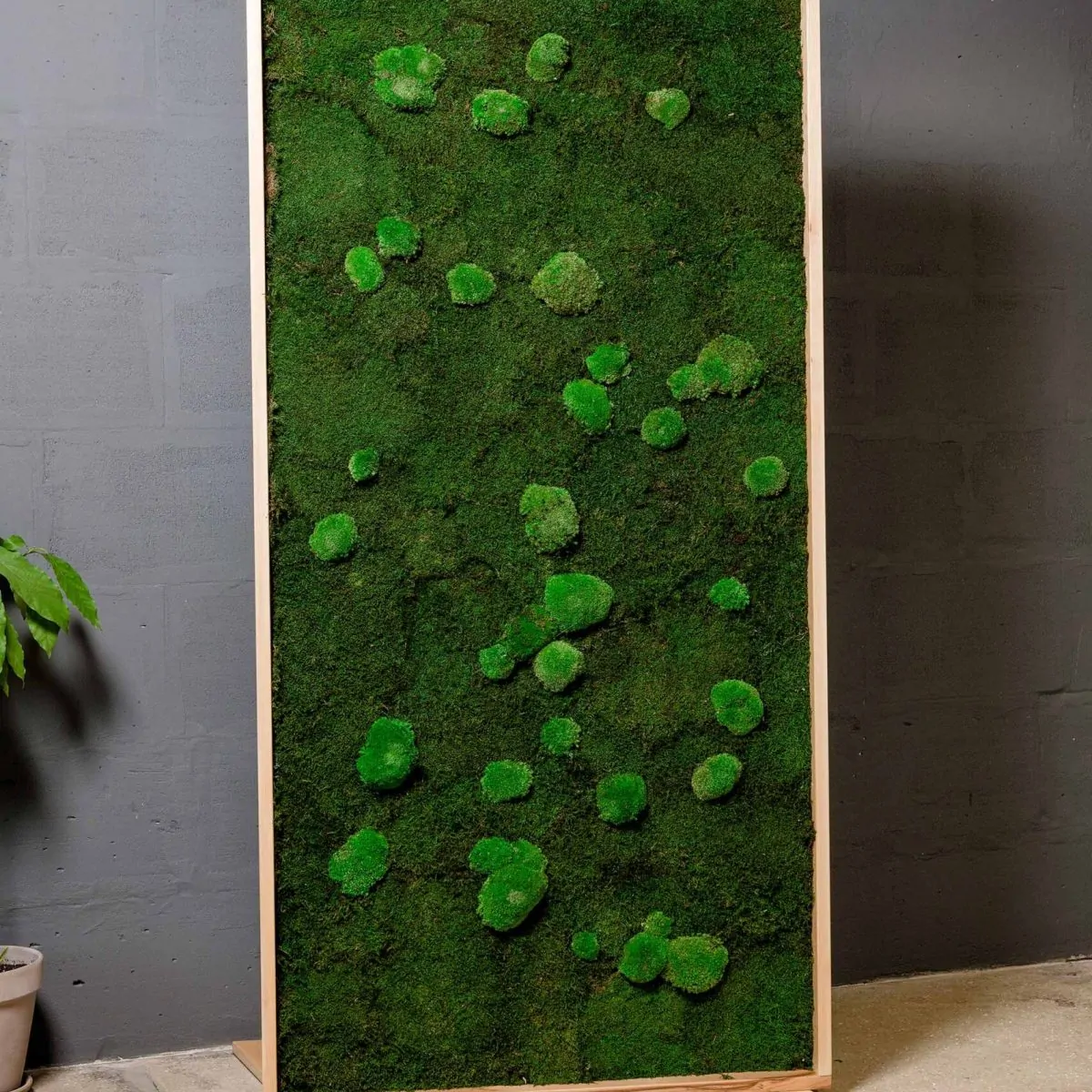Walter Stahel, the creator of the term Cradle to Cradle, describes two different loops in closed-loop systems that make-up what he calls a “Loop Economy” (see Figure 13.1). The first is the repair, reconditioning, and reuse of products and materials. This could include repairing a printer, refilling its ink cartridge, or giving it to someone else when its value to the original owner has passed. The second loop is in recycling the materials within a product after it finally wears out or is no longer usable.
These loops are the first steps toward more efficient use of materials, but closed loops extend even further. As we saw in the LCA and Cradle to Cradle frameworks, waste represents
 |
a lot of valuable material and a lot of embodied energy. Reclaiming wastes through recycling or designing waste out of the final stages of use represents two ways to close this end of the loop. In addition, there are ways of minimizing the materials and energy involved with
manufacturing by coordinating efforts between many different suppliers and partners and even co-locating them for greater effectiveness. This is called an industrial estate.



